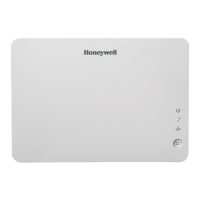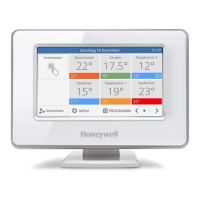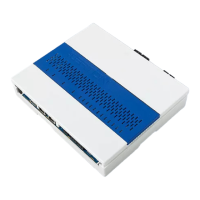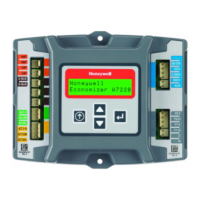SMOKE MANAGEMENT FUNDAMENTALS
178
ENGINEERING MANUAL OF AUTOMATIC CONTROL
The door widths in Table 2 apply only for doors that are
hinged at one side. For other arrangements, door sizes, or for
hardware other than knobs (e.g., panic hardware), refer to
calculation procedures furnished in Design of Smoke Control
Systems for Buildings published by ASHRAE
3
.
AIRFLOW
Airflow is most commonly used to stop smoke movement
through open doorways and corridors. Figure 4 illustrates a
system with relatively high velocity to prevent backflow of
smoke through an open doorway. Figure 5 illustrates a system
with relatively low velocity which allows backflow of smoke.
The magnitude of the velocity of the airflow required to prevent
backflow depends on the energy release rate of the fire. Since
this can vary, the velocity should be regulated to prevent oxygen
from being fed to the fire. The fact that doors are sometimes
left open during evacuation of a building, allowing smoke to
flow through, should be taken into account in designing the
smoke control system. This is done by designing and testing
the system with one or more doors open.
M13024
DILUTED
SMOKE
RELATIVELY
HIGH AIR
VELOCITY
M13025
SMOKE
RELATIVELY
LOW AIR
VELOCITY
SMOKE
BACKFLOW
Fig. 4. High Air Velocity Preventing Backflow of Smoke
Through an Open Doorway.
Fig. 5. Low Air Velocity Allowing Backflow of Smoke
through an Open Doorway.
PURGING
Because fires produce large quantities of smoke, purging
cannot ensure breathable air in a space while a fire is in progress.
After a fire, purging is necessary to allow firefighters to verify
that the fire is totally extinguished. Traditionally, firefighters
have opened doors and windows to purge an area. Where this
is not possible, the HVAC system can be designed to have a
purge mode.
The principle of dilution can be applied to zones where smoke
has entered and is being purged. Purging dilutes the
contaminated air and can continue until the level of obscuration
is reduced and the space is reasonably safe to enter. The
following equation allows determining a concentration of
contaminant in a compartment after purging for a given length
of time:
3
C=C
0
x e
–at
Where:
C=concentration of contaminant at time, t
C
0
=initial concentration of contaminant
a=purging rate in number of air changes per
minute
t=time after doors close in minutes
e=constant, approximately 2.718
Care must be taken in the use of this equation because of the
nonuniformity of the smoke. Buoyancy is likely to cause greater
concentration of smoke near the ceiling. Therefore,
consideration of the locations of supply and exhaust registers
is important to effective purging.
CONTROL APPLICATIONS
Figure 6 illustrates a smoke control system with detectors,
an initiating panel, and a communications bus to an alarm
processor and remote control panels in appropriate areas of the
building. A configuration similar to this will meet the
requirements of UL 864, Standard for Control Units for Fire-
Protective Signalling Systems, and comply with NFPA 92A
recommended practice for smoke control systems. The remote
control panels position dampers and operate fans to contain or
exhaust smoke, depending on the requirements of the various
areas in the building. The system can have an operator’s control
console for the building personnel and an FSCS from which to
view the status of and override the smoke control system. The
system requires a means of verifying operation, such as
differential pressure or airflow proving devices, for each control
sequence. An uninterruptible power supply (UPS) is optional
but recommended.

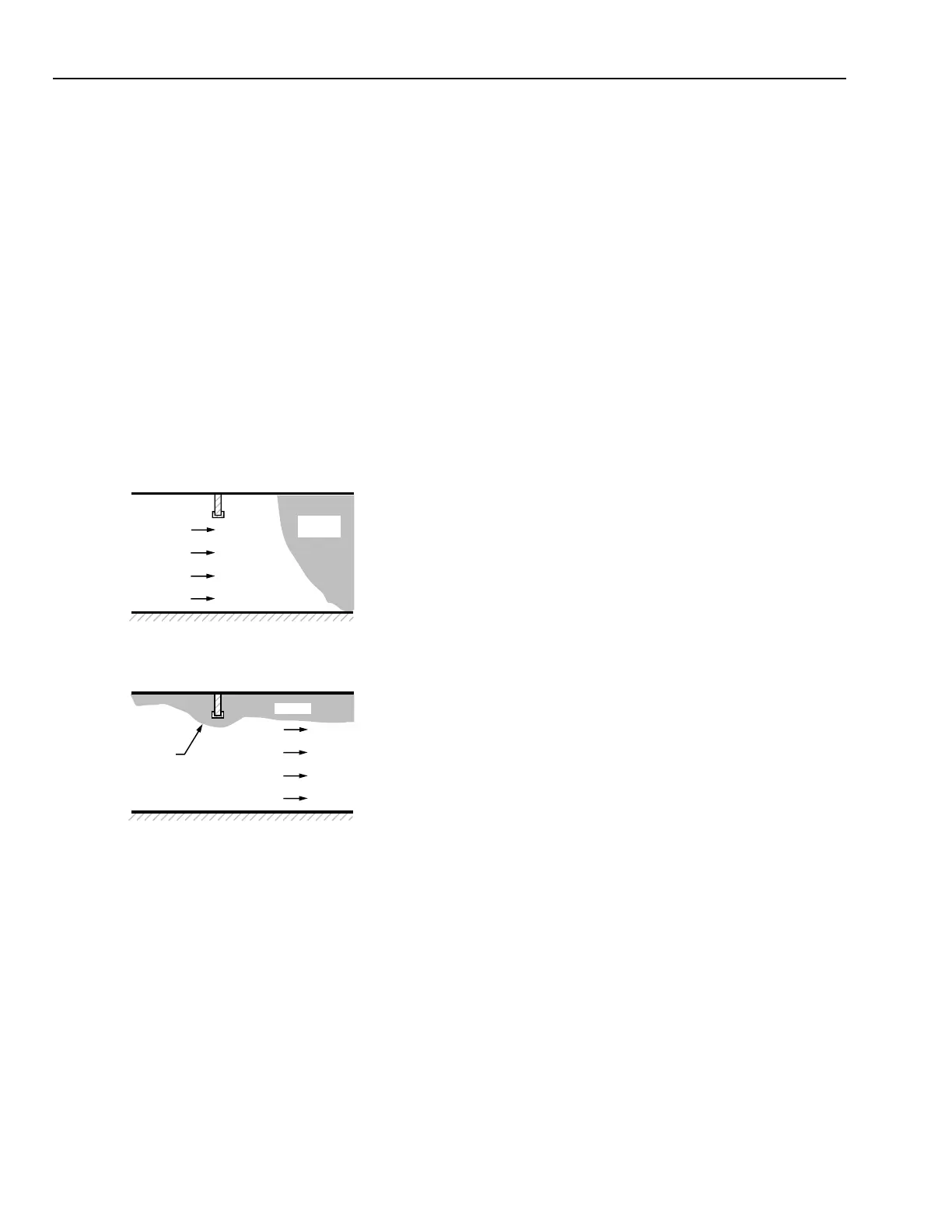